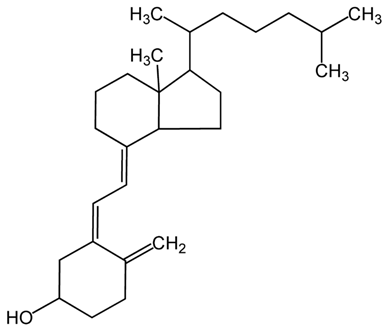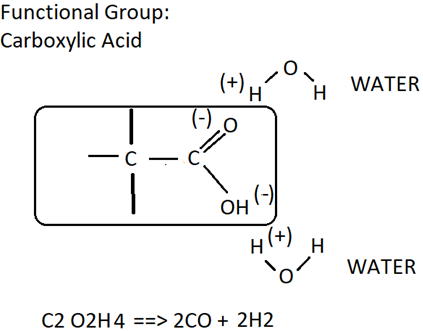Opinion Article
Volume 5 Issue 1 - 2020
The Chemistry of Parkinson’s disease
23 Park Ave, Saint John, NB Canada E2J 1R2
*Corresponding Author: Paul T E Cusack, 23 Park Ave, Saint John, NB Canada E2J 1R2.
Abstract
In this brief paper we consider the chemical equations that may lie behind Parkinson’s disease. Parkinson’s is a disease of the endocrine system where low vitamin D results in low dopamine levels. Parkinson’s affect 13 in 100,000 people – Caucasians. Understanding the cause may lead to a cure for this debilitating disease.
Keywords: Parkinson’s disease; Vitamin D; Dopamine
Abstract
In this paper, I’ve tried to draw together some known facts about Parkinson’s disease - a debilitating disease that affects the nervous system.
It is known that the disease affects people from the North East and Mid West of the US. The climate there is mostly cold with long winters and poor access to sunshine (vitamin D). Parkinson’s also affect whites mainly. Vitamin D could be a player there as well. Diet is thought to have an influence on the higher incidence of Parkinson’s. A Mediterranean diet is thought to be beneficial. Fundamentally, Parkinson’s is known to show where there is a lack of the neurotransmitter Dopamine-which is manufactured in the Pituitary gland. That gland is in the brain and uses proteins, from amino acids to form the hormone dopamine.
If we walk through the following chemical balanced equations, we see that vitamin D and dopamine produce sugar and carbon monoxide. Carbon Monoxide is known to be a neurotoxin. It kills nerve cells. WE also see the antioxidant nitrogen. Antioxidants are prescribed in the diet for patients with Parkinson’s.
Parkinson’s Disease is known to have a 50% higher incidence in men than women. Although both have testosterone, men have more. The chemistry could look like this below. Note that the product is a carboxy group propionic acid. We’ve shown in another paper on Alzheimer’s that carbon monoxide is produced which destroys nerve cells.
If Vitamin D is decreased, then dopamine is decreased. Starvation of vitamin D could lead to a cycle that depletes Dopamine and thus is the root cause of Parkinson’s.
Conclusion
We propose that Parkinson ’s disease is one of the endocrine systems.
References
- Cusack, P.T. E., More on Carboxylic Acid: One Possible Cause of Alzheimer’s (submitted)
Citation: Paul T E Cusack. “The Chemistry of Parkinson’s disease”. Current Opinions in Neurological Science 5.1 (2020): 37-38.
Copyright: © 2020 Paul T E Cusack. This is an open-access article distributed under the terms of the Creative Commons Attribution License, which permits unrestricted use, distribution, and reproduction in any medium, provided the original author and source are credited.



































 Scientia Ricerca is licensed and content of this site is available under a Creative Commons Attribution 4.0 International License.
Scientia Ricerca is licensed and content of this site is available under a Creative Commons Attribution 4.0 International License.